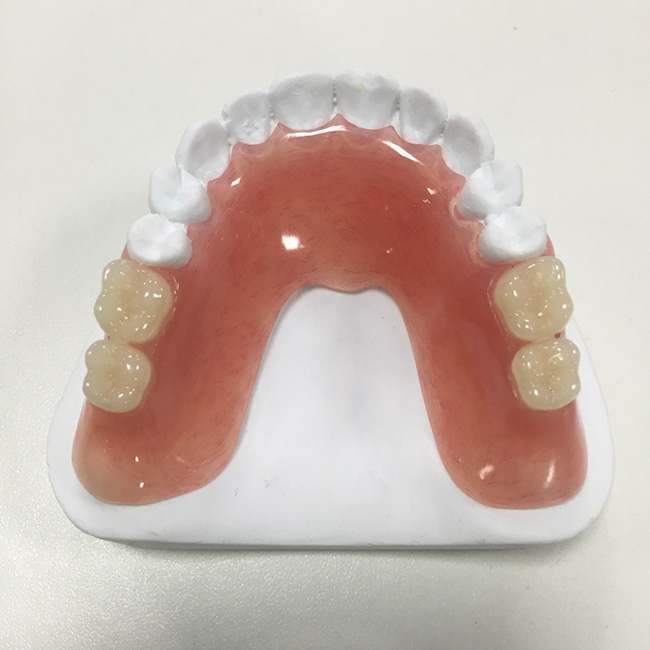Partial dentures are an effective and affordable solution for those who are missing one or more teeth but still have some natural teeth remaining. This guide will explore the benefits, types, and care of partial dentures to help you understand why they might be the right choice for your dental needs.
Benefits of Partial Dentures
Improved Aesthetics: Partial dentures fill in the gaps created by missing teeth, restoring your smile and facial structure.
Enhanced Chewing and Speaking: With partial dentures, you can chew your food more effectively and speak more clearly, improving your overall quality of life.
Preventing Tooth Movement: Partial dentures help prevent your remaining natural teeth from shifting into the gaps left by missing teeth, maintaining proper alignment.
Cost-Effective Solution: Compared to other dental restoration options, partial dentures are generally more affordable and can be replaced or adjusted easily.

Types of Partial Dentures
Removable Partial Dentures: These are the most common type and can be taken out for cleaning and maintenance. They consist of replacement teeth attached to a pink or gum-colored plastic base, which may be connected by metal framework.
Fixed Partial Dentures: Also known as dental bridges, these are cemented in place and cannot be removed. They are made by placing crowns on the teeth adjacent to the gap and attaching artificial teeth to them.
Flexible Partial Dentures: Made from a flexible plastic material, these dentures are more comfortable and less likely to break compared to traditional acrylic dentures. They also blend in more naturally with the gums.
Implant-Supported Partial Dentures: These dentures are supported by dental implants, providing a more stable and permanent solution. They are suitable for those with sufficient bone density to support the implants.
Caring for Your Partial Dentures
Daily Cleaning: Clean your partial dentures daily to remove food particles and plaque. Use a soft-bristle toothbrush and denture cleaner, avoiding abrasive materials that could damage the dentures.
Proper Storage: When not wearing your dentures, keep them in water or a denture-soaking solution to prevent them from drying out and losing their shape.
Regular Dental Check-Ups: Visit your dentist regularly to ensure your partial dentures fit well and to check for any issues with your remaining natural teeth.
Avoid Hard Foods: Be mindful of what you eat, avoiding hard or sticky foods that could damage your dentures or cause discomfort.
Conclusion
Partial dentures offer a practical and affordable solution for those with missing teeth. Understanding the benefits, types, and proper care of partial dentures can help you make an informed decision and maintain your dental health. If you’re considering partial dentures, consult with your dentist to determine the best option for your specific needs.




